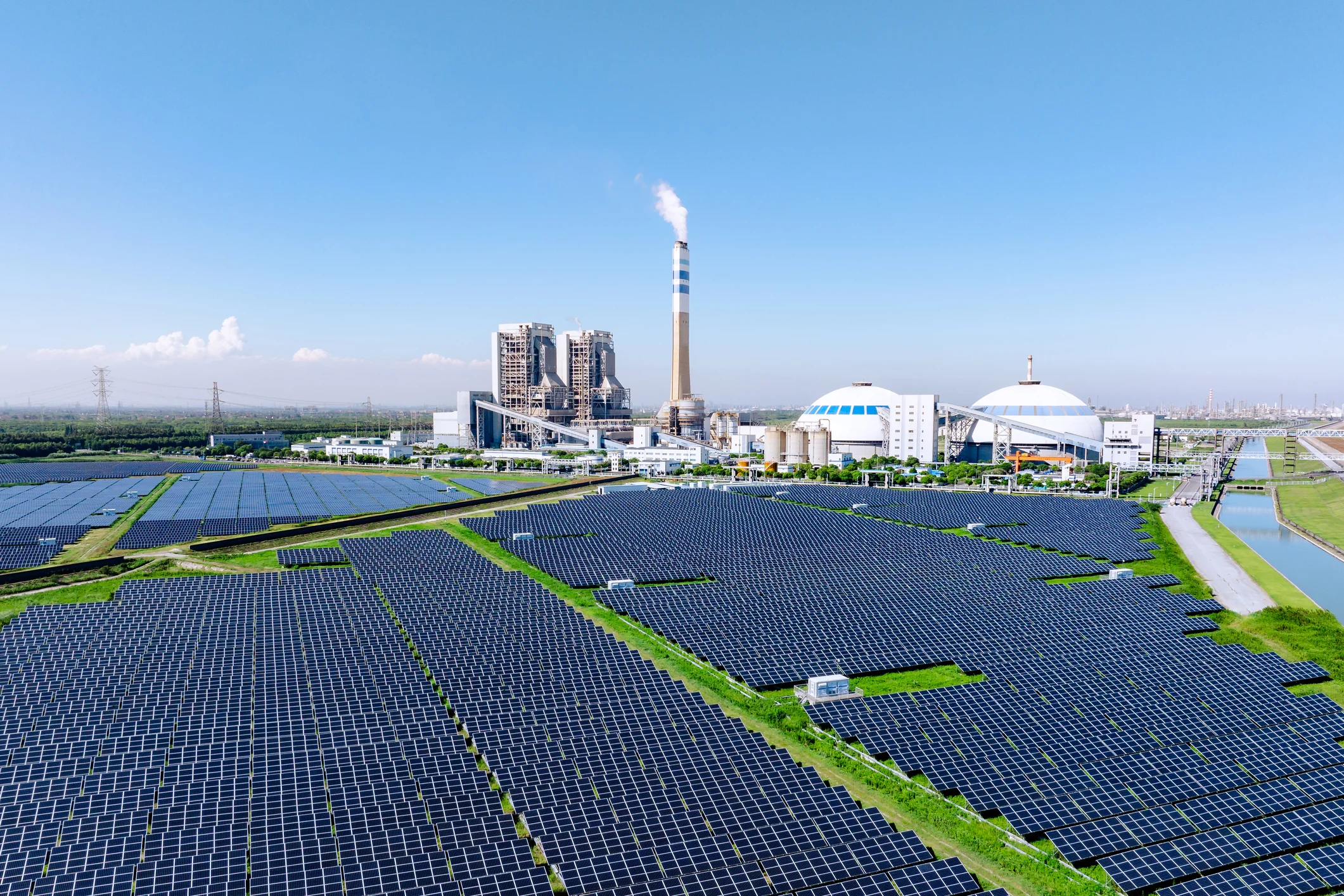The U.S. energy sector faces unprecedented challenges in meeting rising demand driven by increased and energy-hungry AI and data center deployments, electrification, and supply chain efforts. Resolving these challenges will require innovative deployments of demand flexibility initiatives and an enormous investment of capital. Unfortunately, analysts estimate the cost to upgrade the more than 50 years old U.S. electric grid, which the American Society of Civil Engineers has given a D+ rating in the 2025 Infrastructure Report Card, at more than $2.5t by 2035, a figure that will rise as material goods and supplies grow more expensive.
Between the mounting supply chain issues that have already caused a shortage of transformers and tariffs, the costs of upgrading the grid to meet demand will only increase in the near future. Fortunately, demand flexibility programs like demand response, EV charging, and virtual power plants, all of which leverage the distributed energy resources (DERs) already widely adopted by an eager public, can help utilities meet demand and defray high peak energy bills while circumventing high material costs.
Rising Demand & Increasing Customer Energy Bills
In February, the International Energy Agency (IEA) reported that component costs and supply chain pressures will obstruct the development of the necessary transmission grid infrastructure upgrades needed to meet demand. In their report, the IEA found that since 2019, cable costs have nearly doubled, while transformer costs have risen by approximately 75%. In response to these rising costs, the U.S. House Committee on Energy and Commerce voted recently to advance H.R. 2444, a bill meant to “establish a critical supply chain resiliency and crisis response program in the Department of Commerce, and to secure American leadership in deploying emerging technologies, and for other purposes.”
Tariffs & the Supply Chain
Coupled with U.S. tariffs, U.S. consumers are faced with rising electricity bills. For example, U.S. imposed Canadian tariffs have already resulted in potential reciprocal Canadian surcharges on U.S. electricity exports. Additionally, tariffs may significantly impact renewable energy technologies, which require rare Earth minerals to manufacture. Accumulatively, these supply chain issues promise to further challenge customers already concerned over rising bills.
Demand flexibility programs account for these challenges by providing reliable, non-wires alternatives for utilities to affordably and quickly deploy to meet rising demand, irrespective of any supply chain disruptions. With business analysts indicating that more than 67.2 million smart thermostats will be shipped by 2030 alone, utilities have many opportunities to leverage the behind-the-meter DER assets that are already widely adopted and available in your service territory.
The High Costs of New Power Lines
In 2019, the U.S. spent $31.4b on distribution system capital investments, with 40% of that total applying specifically to power lines. Since then, high voltage power line construction projects have declined, both due to material costs, as well as an overwhelmed grid interconnection queue. Adding to this, analysts believe that tariffs could further compound these challenges by driving up material costs, meaning potentially slower deployment times for capital investments.
Solution: Virtual Power Plants
In 2023, the Department of Energy (DOE) released a report calling for an increase in aggregate national virtual power plant capacity to 80-160 GW by 2030. The report states that as of 2023, 30-60 GW of virtual power plant capacity was produced in the U.S., primarily attributable to demand response programs. Demand flexibility initiatives include any number of virtual power plant strategies, depending on the device, device type, and scope of the utility program. For example, utilities may access solar panels or battery storage to resupply the grid, or they may participate in load-shifting initiatives like demand response or EV charging.
– Syd Bishop, Sr. Content Specialist, Virtual Peaker
According to the Brattle Group, virtual power plants are roughly only 40-60% of the cost of alternative options, including building out new power plants. That figure does not include social benefits like decreased emissions or enhanced grid resilience, nor does it account for the potential for scalability. Unlike a traditional power plant, virtual power plants leverage communally available resources to meet demand, making them attractive to operations constricted by supply chain bottlenecks. Furthermore, with the right Grid-Edge distributed energy resource management system (DERMS) provider, utilities can quickly and easily scale these programs to support a greater customer participant pool. Remember: the more customers enrolled and participating in utility programs, the greater the success.
Lastly, through Topline Demand Control, a novel combination of our Grid-Edge DERMS, forecasting, AI, and model predictive control, grid operators can get reliable outputs from the behind-the-meter DER assets found in places like residential, commercial, or industrial properties. Topline Demand Control optimizes DERs at the device level, providing granular control and bankable energy outcomes. For example, using Topline Demand Control utilities can request a return of X KWh, and the system will work to achieve that exact goal every single time.
Challenge: Transformers
Transformers are an integral component of the national grid, serving to convert direct to alternating current. The transformer shortage presents a unique challenge that’s more than meets the eye. First off, there are more than 80K types of transformers, meaning a wide margin of variables that can stymie production. Second, the combination of an aging infrastructure desperately in need of an upgrade and the higher occurrence of extreme weather events, transformers are in high demand, to the extent that it can take up to three years to receive an order.
Solution: Flexible Dispatch
Although securing new transformers continues to prove difficult, utilities can identify and map problematic devices along the grid, including transformers. Using flexible dispatching functionality, utilities can locally dispatch energy through demand flexibility programs, circumventing any constraints along the distribution system. Comparably, utilities can group demand flexibility events, running programs in areas known to present problems on days of peak demand.
Challenges: Smart Meters
In addition to transformer shortages, utilities have experienced challenges securing smart meters. Unlike traditional analog meters, which are read, managed, and maintained on site, smart meters offer a wireless means of communication directly to utilities. This allows grid operators to take readings and manage power remotely, lowering staffing costs and expediting service needs. These smart meter supply chain bottlenecks create numerous problems, including limited access to real-time customer data or the access needed to remotely control power at the device level.
Solution: Demand Flexibility & WiFi
Through the use of a Grid-Edge distributed energy resource system (DERMS), grid operators and program managers alike can receive real-time and historical device data through enrolled distributed energy resources (DERs). Since demand flexibility programs leverage high consumption devices like thermostats, water heaters, or EV/battery charging, utilities can gain insights into real-time and historical device data, which can prove useful in load forecasting and other preparatory initiatives. Likewise, through the Internet of Things (IoT) and expanded national broadband access, utilities can leverage demand flexibility to better control usage at a granular level while still accessing useful device data.
Demand Flexibility & the Supply Chain Conclusion
Already, the U.S. energy sector is vulnerable to supply chain attacks. Additionally, Deloitte reports that supply chain disruptions have increased lead times for procurement from 50 weeks in 2021 to 120 weeks on average in 2024. These supply chain challenges are an existential reality, albeit one that load management strategies can help address. Through demand flexibility programs, utilities can continue to meet demand affordably through aggregate load shifting while defraying high peak energy costs and enhancing grid resiliency.





